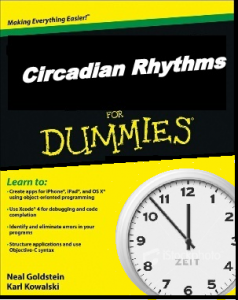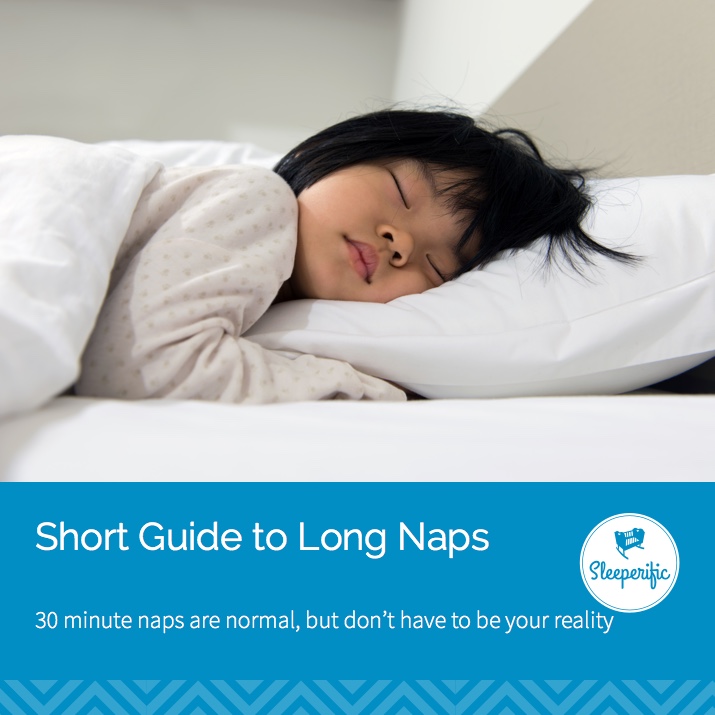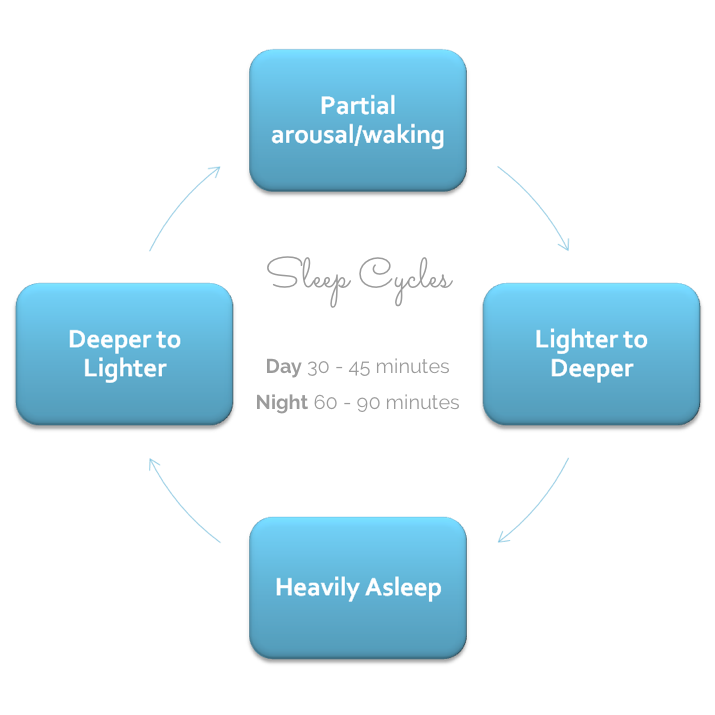November 26, 2012

Circada-what?
The nurse who works the night shift, the university student who parties into first rays of daylight (this may or may not have applied to me in a past life), the traveler traversing time zones and the professional pulling an all-nighter to meet a deadline have all felt the repercussions of manipulating our bodies natural rhythms.
Circadian rhythms were first documented in early 18th century France by a scientist experimenting with plants. He noticed that these plants opened and closed their leaves, even when kept in complete darkness (Source). Since then much research has been done, but it all proves that there are forces at work, within all living things, functioning much like a clock. When I talk to my Sleeperific families about circadian (or biological) rhythms, I’m always trying to convey this major point:
There are optimal times for our bodies to rest and wake.
One of the most important drivers of our circadian rhythms are day and night (light and dark) cycles.
So what does this mean for my kid?
Circadian rhythms means there are ideal times for our bodies to be sleeping. We will obtain the best benefits from sleep and our bodies will be most willing to go and stay asleep when we sleep in phase with circadian rhythms. When consulting with families, I try to maximize sleep by taking advantage of the natural “wave” that children experience throughout their day. I ensure they’re sleeping at ideal times and not trying to go to sleep when their bodies are telling them to wake. There’s a bunch of other stuff involved with the plans I put together for families, but working within our biology is a vital component.
It’s important for parents to recognize that these biological rhythms do not really emerge until a baby is closer to four months of age. Prior to then, babies are just too immature to have established rhythms. Although there are other (and other) things we can do to encourage healthy sleep for infants, but worrying about ideal sleep rhythms isn’t relevant in these very early stages.
 On the fourth day of Christmas, my sleep coach gave to me:
On the fourth day of Christmas, my sleep coach gave to me:




